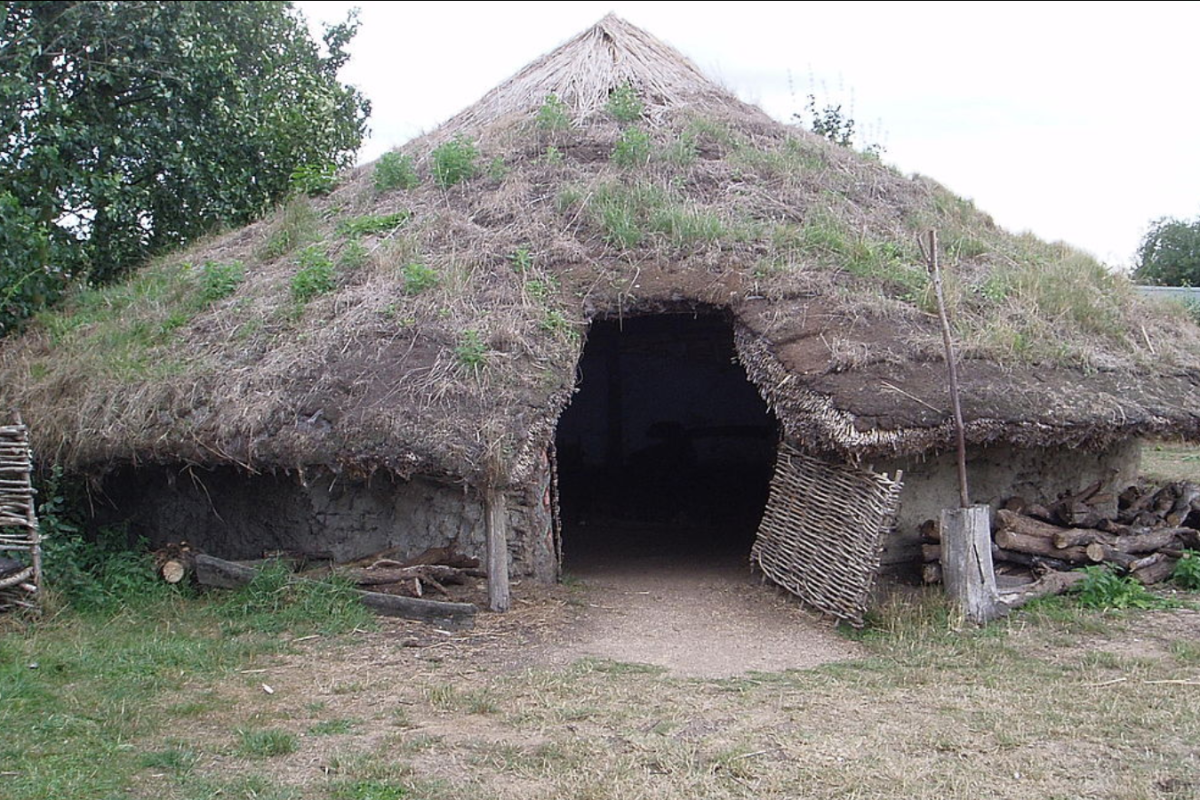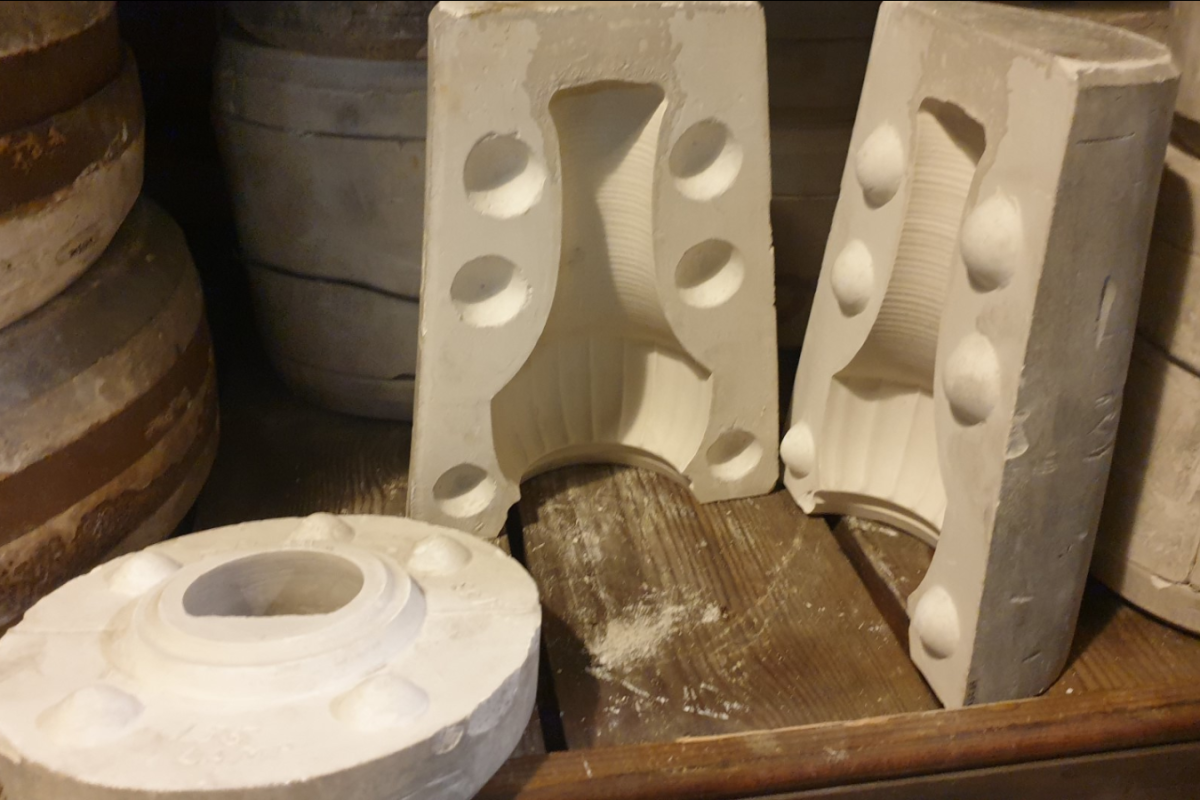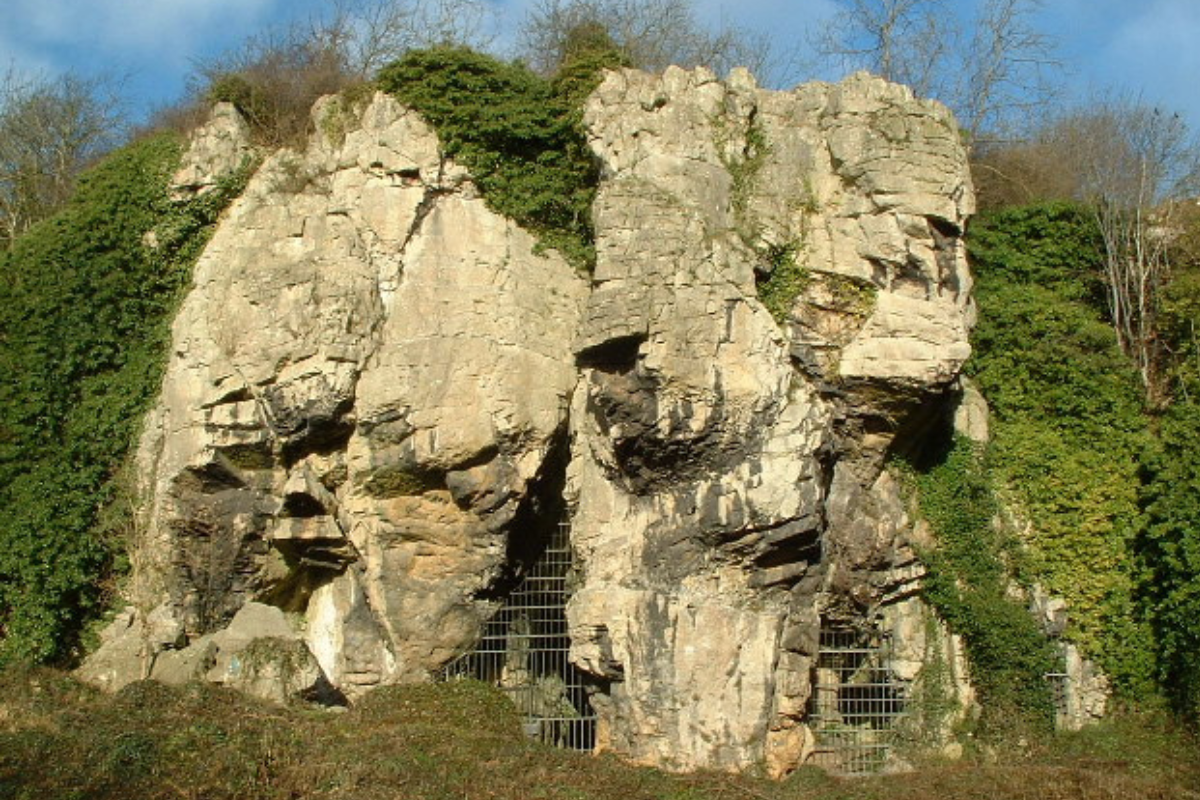We’re taking part in Heritage Fund’s #HeritageIsOpen day, a moment to celebrate and promote the wide array of inspiring open heritage sites that await enthusiastic visitors this summer.
Our archaeological experts have carefully curated a list of must-visit sites based on their broad range of specialisms, from marine archaeology, to ceramics and archaeological fieldwork, that showcase the diverse and captivating heritage sites scattered across the country.
Whether you're a curious traveller, staycationing, or looking for a fun family day out, our specialists are here to inspire your own heritage adventures.
1. Sutton Hoo, Suffolk. Andrea Hamel, Senior Marine Archaeologist.

Burial Ground at Sutton Hoo.
This National Trust site combines two of my passions – historic houses and shipwrecks! Visitors can explore the house museum, which has displays covering the archaeological work that has taken place at Sutton Hoo, and then continue outside to the royal burial ground to see where the famous Anglo-Saxon ship was buried. Although nothing remained of the ship itself except for rivets, the site provided an incredibly rich source of archaeological evidence for the Anglo-Saxon period.
2. Flag Fen Archaeology Park, Peterborough. Stu Pierson, Senior Project Officer.

Bronze Age dwelling at Flag Fen Archaeology Park.
Flag Fen Archaeology Park has always been one of my top sites to visit and experience archaeology. When I studied Archaeology at university in Peterborough, Flag Fen was just down the road and I volunteered when I had free time helping in the grounds and in the visitor centre. It was a great experience where I met many people who shared a love of archaeology and for the site. Before I finished volunteering there, I had one of my first experiences of excavating an archaeological trench, where we found post holes and preserved timber.
Flag Fen is where archaeology and experimental archaeology are combined to create an engaging site that’s suitable for all ages. The site is famous for its preserved 3500-year-old wooden causeway which when excavated revealed more than 60,000 timbers used in its construction. After its discovery part of the excavation was left open for visitors to see. There have always been lots of ideas for what the causeway was and what it was used for with many believing it had religious significance where swords and spearheads were gifted to the water.
There are so many different things to tick off your list when you visit, my personal must-sees are the causeway, newly reconstructed prehistoric roundhouse and the Soay Sheep.
3. St. John’s Cemetery, Bristol. Chris Hambleton, Fieldwork Archaeologist.

St. John's Cemetery, Bristol.
Recently opened to the public, St John’s cemetery is tucked away behind narrow alleys and Tailor’s Court, within the Medieval heart of Bristol’s historic centre. The cemetery has intrigued me for many years, but encased within 18th century railings, with a locked gate, I was never able to wander in and explore. I would often stop and peer through the railings and admire what looked like a very ornate mausoleum with reclining figures, on its southeast side, along with chest tombs and ledger stones, all draped in ivy and partially hidden within the undergrowth, which gave it a deliciously gothic air.
Of the Severn chest tombs, the most elaborate is the one belonging to John Jones, who died on the 21st of February 1785. His chest tomb is in the Neo-Classical style, constructed of composite stone, with fluted pilasters on each corner. The southeast and northwest facing sides have finely detailed inscribed plaques, decorated with flower motifs. The plaques are worn and weathered but his name, date of death and profession can still clearly be seen. John Jones was an “Eminent Bright Smith”. A Bright Smith was a worker in precious metals and in particular silver.
The construction of such an elaborate chest tomb would have been extremely expensive and we can safely assume that he had done very well for himself in life. Bristol was a wealthy merchant city in the 18th century and for the rich, silver items denoted their wealth and status.
Of the several ledger stones visible within the graveyard, the most interesting is that of Thomas Bennett, who died, aged seventy in 1803. In The Annals of Bristol in the Eighteenth Century, by John Latimer, Thomas Bennett is mentioned. “The most old-world tradesman was T Bennett, (an hour-glass maker) who lived at 49 Wade Street”. His ledger stone has a beautifully carved hourglass upon it, set in a roundel. However, things did not always run so smoothly for Mr. Bennett. On the 23rd of March 1778 he was indicted at the Bristol Quarter Sessions for being in the possession of 70lb of stolen lead, that had been stolen from a certain Lady Cann, by men who she had employed to take down a chimney. Luckily for T Bennett the charges were dropped due to insufficient evidence of his actual involvement. He claimed he had no idea the lead was stolen! But it’s fair to say that 70lb of undoubtedly cheaper lead would have been useful and cost cutting for a glass maker!
St John’s Cemetery is now open to the public and is an ideal spot for a little peace and tranquility within the heart of bustling Bristol.
4. Middleport Pottery, Stoke-on-Trent. Katie Marsden, Pottery Specialist.

Pottery moulds at Middleport Pottery.
Fans of the Channel 4 show The Great Pottery Throwdown may recognise Middleport Pottery as the filming location for the early (pre-pandemic) series. Established in 1851, Middleport Pottery is the home of the Burleigh factory, which still makes wares today. The heritage trail takes you through the history of the factory, including the original Victorian offices and, my particular favourite, stand inside the huge and iconic bottle kiln, now one of the few remaining in Stoke. The trail takes you through all the processes of pottery production and even into Europe’s largest collection of ceramic moulds.
A separate factory tour is available to see Burleighware being made – each piece passing through 25 pairs of hands from start to completion. It is now the only place in the world where underglaze tissue transfer is still being used, a decorative technique post-medieval pottery specialists are very familiar with! Bringing the vibrant space well into the 21st century is Middleport Studios, open door creative businesses and the Clay College who are teaching the next generation of potters and ceramic artists and even offering a space for them to sell their creations.
5. Creswell Crags Archaeology Park. Phil Maier, Fieldwork Archaeologist.

Caves at Creswell Crags. Image attribution: Nigel Homer / Caves Creswell Crags
Are you interested in hunter gatherers and the Stone Age? A time when people lived and sheltered in caves and hunted mammoths? Then Creswell Crags would be a destination for you to visit! Creswell Crags has it all: a beautiful gorge with caves and rock shelters occupied as early as in Neanderthal times, evidence of hunter gatherer’s lives, like flint tools and art but also caves inhabited by prehistoric animals.
When walking through the gorge or visiting one of the caves you are right there where the hunter gatherers stayed, lived and created art in the caves and in the very landscape inhabited by us all, just separated by time. However, the most stunning part are the caves with Ice Age rock art; edgings and engravings of animals and symbols dating to the Ice Age period around 12,500 years ago. That is three times older than Stonehenge!
It is truly amazing that the cave art survived from its creation to the modern-day, and that it took until 2003 before the engravings and edgings were recognized, although the caves have been excavated and researched since the 19th century.
The engravings are still a bit of an enigma. The specialists discovering and analysing the rock art, as our tour guide told us, had a massive falling out about the interpretation, meaning and understanding of the depicted animals and symbols.
Research is ongoing and new discoveries are still being made. As recent as 2018 protective marks against evil, so-called Witch Marks, have been found showing how medieval and early modern-day people interacted witch the caves and feared what may emerge from them.
I hope you don’t have a falling out over what the rock art might mean when you visit, and instead enjoy learning about the Stone and Ice age culture, and that hyenas and bears and lions used to live in Derbyshire!
